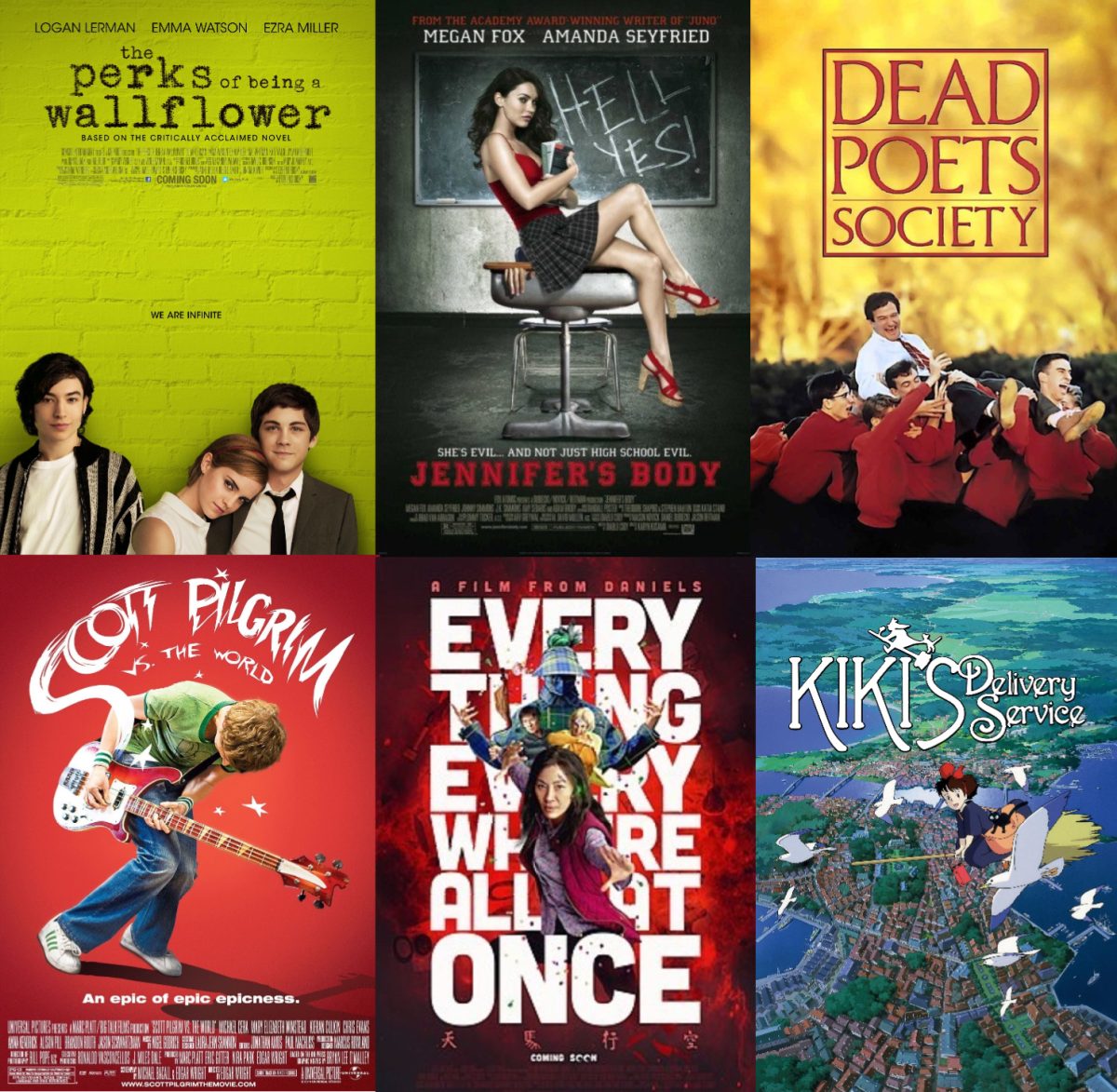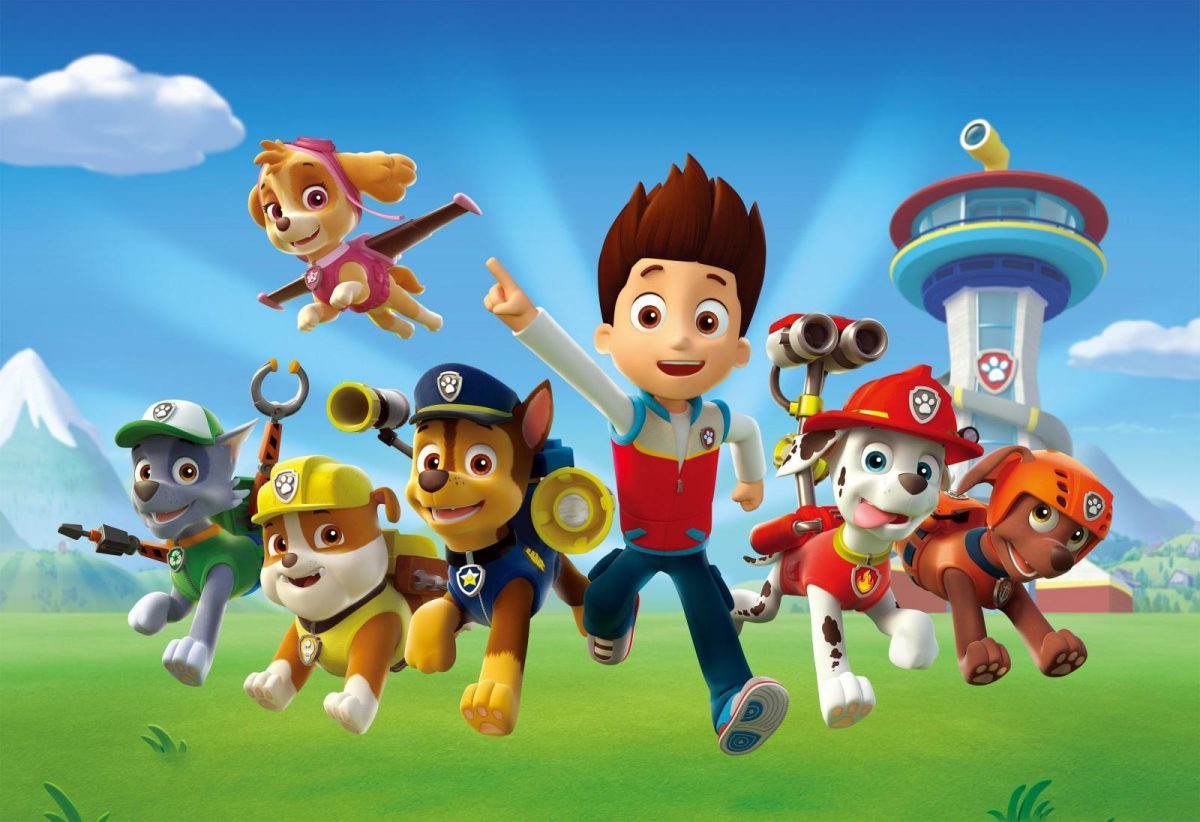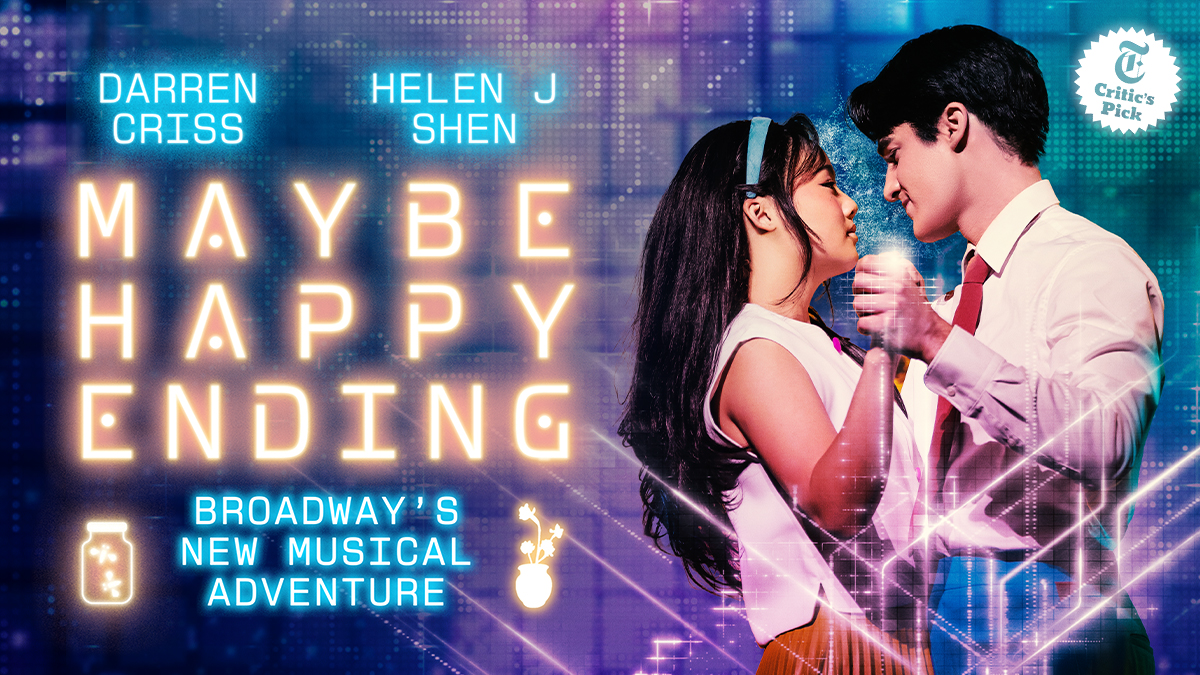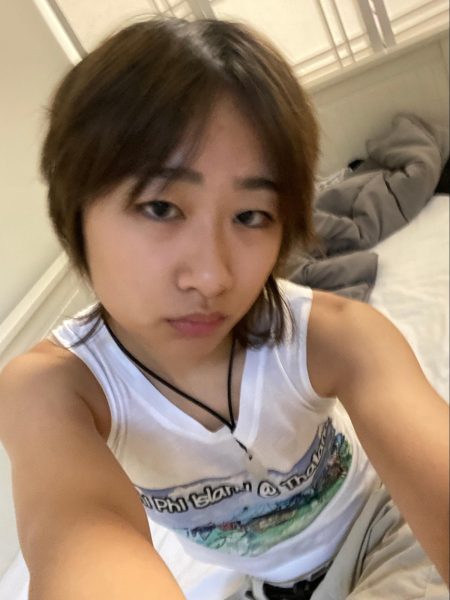There’s no doubt that high school is a world of its own, and there’s a reason why film producers are so enamored with the high school experience: from cheesy romances and social cliques to earnest self-discovery and the conquering of the supreme ordeal, we epitomize the extremes of humanity. Still, coming-of-age films have transcended time and genre in their own unique way.. Not all of them are necessarily centered around students, and not all of them share the same approaches in the face of hardship; they’re unified in that they tell stories of change and maturation. Compiled below are six such films—all differing in genre and style—that encapsulate the multifaceted trials that one encounters in their journey of growing up.
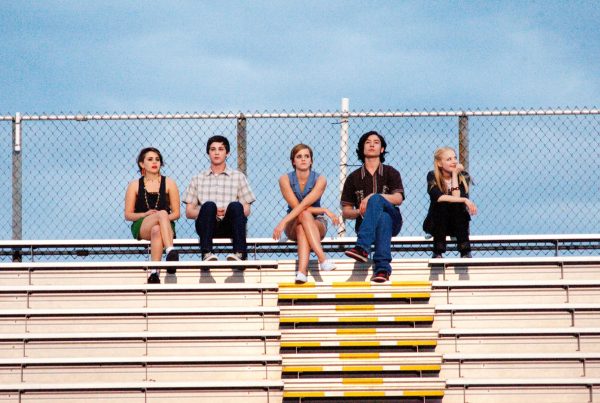 The Perks of Being a Wallflower
The Perks of Being a Wallflower
Directed by Stephen Chbosky, who incorporated both fiction and personal realities into what initially was an epistolary novel, The Perks of Being a Wallflower tells a story of mental health issues and their implications in high school. The plot is centered around main character Charlie (Logan Lerman), freshly discharged from a mental health care facility, who navigates his first year of high school as a loner, with the extra burden of his best and only friend having committed suicide the year before. Many stereotypical elements of high school—romance, parties, drugs, and the ubiquitous school dance, for example—become key elements of Charlie’s freshman year and intertwine themselves with his past. However, they are presented ambiguously, and without the same glamor found in most teen flicks. The film is, at its core, a testament to the value of self love and acceptance—a cliche, maybe, but one that is conveyed artfully and originally.
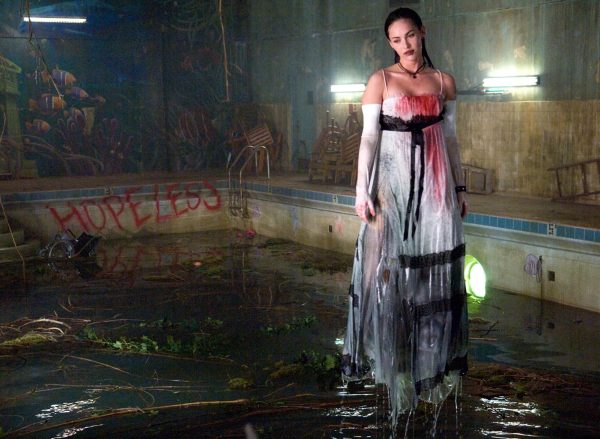 Jennifer’s Body
Jennifer’s Body
Regarded a feminist cult classic by many, Jennifer’s Body is a horror comedy that also plays on high school tropes, blending them with supernatural occurrences and the occult. Childhood best friends Jennifer (Megan Fox) and Needy (Amanda Seyfried)—a conventional shallow cheerleader and unattractive nerd—confront tensions arising from the former becoming demonically possessed and developing an unmanageable thirst for human blood. The film, although at first glance a somewhat shallow depiction of teen-girl stereotypes, subtly touches upon themes of female exploitation and abuse, and the resentment that arises as a result. Megan Fox herself had, at the point of the movie’s conception, long suffered from objectification and being reduced to “eye candy” in the film industry—a testament to the reality of the struggles she faced as her character Jennifer. Through an absurdly violent and unrealistic storyline, director Karyn Kusama calls attention to the widespread misogyny of the real world—especially the kind that begins when a girl’s body starts to change.
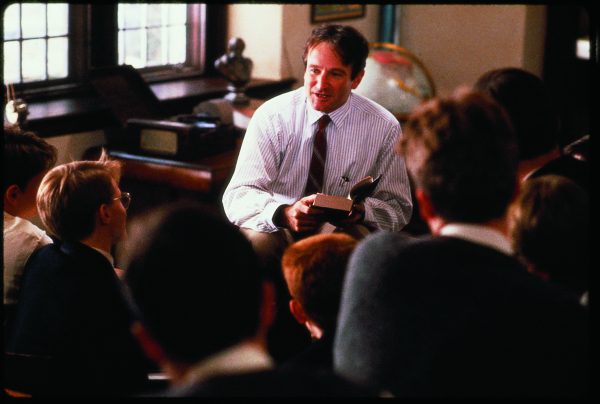
Dead Poets Society
Dead Poets Society takes place in an elite all-male boarding school whose culture of academic rigor loosely parallels that of South High. Students are encouraged to toe the line by both administrators and parents; on their first day, however, they encounter English teacher John Keating (Robin Williams), whose unorthodox teaching methods diverge entirely from the “norm” and garner scrutiny from the strict headmaster. He indirectly leads to the rebirth of the Dead Poets Society, through which his students meet up in secret to read poetry. Loaded with literary allusions, innocent romance, and most importantly, self-discovery that challenges the often suffocating social norms of the educated elite, the film emphasizes freedom and creativity in a period of life typically characterized by the monotony of schoolwork. An everlasting mantra repeated throughout is carpe diem, or seize the day.
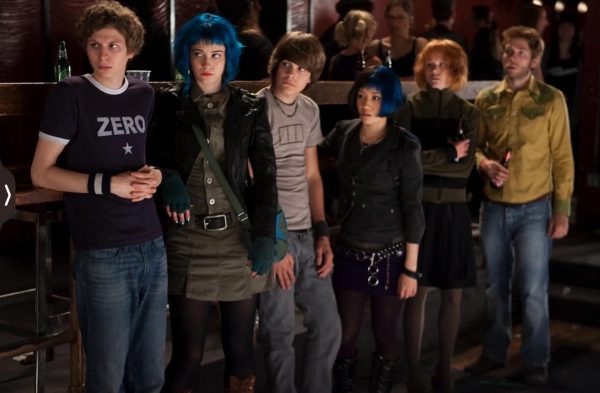 Scott Pilgrim vs. the World
Scott Pilgrim vs. the World
A boisterous film, Scott Pilgrim vs. the World integrates romance, comedy, graphic-novel-esque animations, and classic video game canons into an adaptation of a graphic novel series by Bryan Lee O’Malley. The story follows the life of awkward 22-year-old Scott Pilgrim (Michael Cera, or Allen from Barbie) as he deals with his current relationships, a rockstar ex-girlfriend (Brie Larson), and a multitude of mortal enemies, all while trying to get his failing indie garage band to be signed to a record deal. Pilgrim is, unabashedly, a bad person. He dates a high schooler who is five years younger than he is and continues to do so long after starting another relationship. His actions exude laziness and self-centeredness. The plot progression relies on his character development; he still isn’t by any means perfect by the end, but his willingness to improve upon himself is what allows him to have a fresh start, despite his past mistakes.
Everything Everywhere All at Once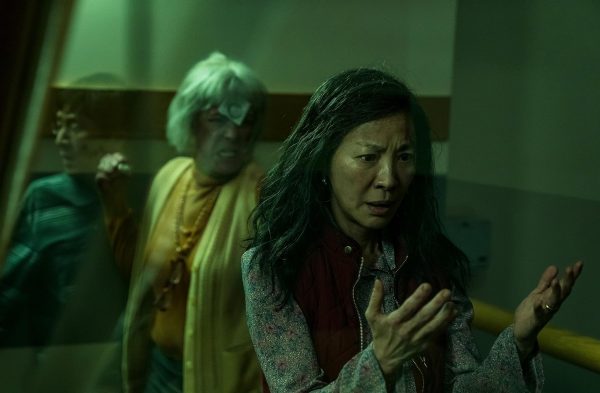
Everything Everywhere All at Once tells the story of a Chinese American couple, Evelyn (Michelle Yeoh) and Waymond (Ke Huy Quan), and their daughter Joy (Stephanie Hsu). While processing news that her laundromat is being audited by the IRS, Evelyn learns that she bears the responsibility to save the multiverse, and is promptly transported into a multitude of parallel universes to do so. Meanwhile, Joy, a college dropout and general “disappointment,” deals with her ongoing depression and the refusal of her mother to accept her relationship with her girlfriend, Becky (Tallie Medel). The film incorporates themes of surrealism and nihilism into sci-fi and comedy to tell a story about generational rifts, mental health struggles, and the Asian American experience. Relying on a constant shift between characters and universes, this film is particularly fast-paced, yet poignant and heart-warming all the same.
Kiki’s Delivery Service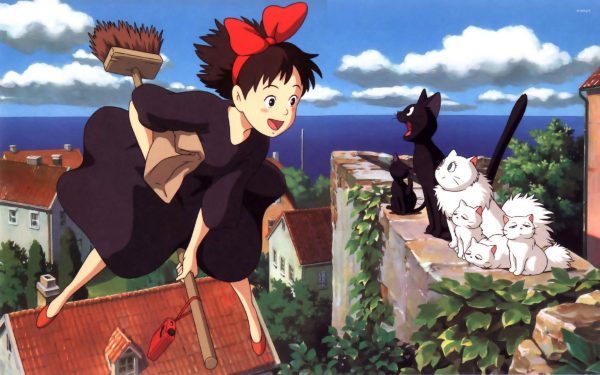
Studio Ghibli films set themselves apart from other conventional coming-of-age movies in their visual artistry and immersive realism. In Kiki’s Delivery Service, 13-year-old witch Kiki (dubbed by Kirsten Dunst) moves to a seaside town and, with her magical broom and talking cat companion Jiji (Phil Hartman), starts a courier service for a local bakery. Though prospects are high at the beginning, the story delves into the burdens of burnout and loneliness, and conversely the overcoming of such obstacles through one’s sense of purpose and compassion. The film is distinctive in not just its animated style, but also in its lack of a traditional antagonist and relatively toned-down plot; Kiki may have magical powers, but she faces the same challenges as any given teenager—there is no outstanding hero or villain, mainly only internal strife.


